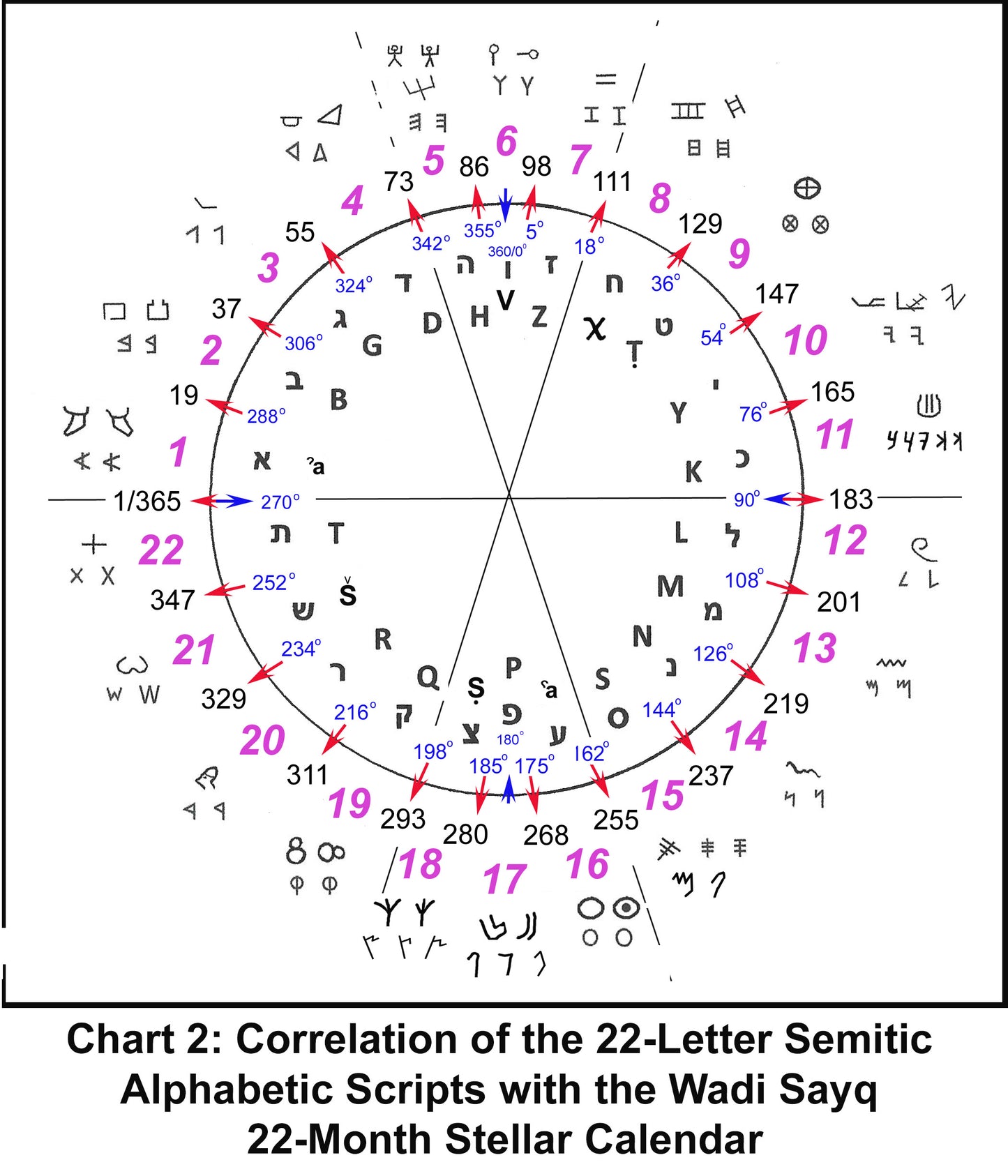ARI
The Application & Implications of the Stellar Calendar System at the Wadi Sayq Observatory, Dhofar, Oman
The Application & Implications of the Stellar Calendar System at the Wadi Sayq Observatory, Dhofar, Oman
Couldn't load pickup availability
Abstract:
The early Iron Age (587-584 BC) lunisolar calendar system identified and mapped by the Archeological Research Institute (ARI)iii at the ancient Wadi Sayq Observatory in Oman has been documented in Wadi Sayq Technical Papers Nos. 5, 6 and 7. In addition to the artificial rock alignments that comprised that lunisolar calendar, there are two alignment complexes oriented to the northern hemisphere and therefore are consistent with what would be expected of an ancient attempt to study stellar phenomena rising and setting north of Kharfot’s 64.9° and 295.2° solar standstill positions on the horizons which do coincide with summer solstice. Evidence indicates these two alignment complexes were constructed to interface a stellar calendar as a counterpart to that site’s lunisolar calendar system. Mapped stone alignments within these two potential stellar observatories indicate a year initiated at the vernal equinox contained a series of 22 lunar months, 16 of which consist of 18 days. The remaining 6 months, each generally consisting of 12 and occasionally 13 days—allowing the addition of intercalary days each quarter—occurred when specific star groups were associated with stellar months aligned with the two solstice periods. Solstice periods and their associated solar standstills evidently facilitated the inclusion of one and occasionally two intercalary days per 90-day quarter thus achieving a stellar calendar of the tropical 365.2422-day year. Analysis of the rock alignment azimuths in these two complexes led to the identification of a 22-month annual stellar calendar wherein distinctive star groups rise and set in sequence with 22 Horizon Zones in accord with the Egyptian and The Book of Enoch’s concepts of celestial portals or gateways. Computerized research of the rise/set azimuths of these 22-star groups to 3000, 2100 and 586 BC demonstrate the ancient Semitic alphabet was evidently derived from these 22 stellar month motifs possibly in the Ur-Eridu locality of southern Mesopotamia. Those 22-star groups distributed in sequence among the 22 Horizon Zones or stellar months resemble the same sequence of hieroglyphic symbols exhibited in the 22-letter Proto-Sinaitic script, the earliest evidences of the Semitic writing system. Hence, the earliest letters of the 22-letter Hebrew alphabet evidently originated as graphic abstractions of unique stellar configurations demonstrated in the night sky among these 22-stellar months. The phonologic and graphical order imposed on these 22 complementary script and stellar formats indicate this ancient correlation of star groups and alphabetic letters was intentional and not accidental. In addition, the rock alignments associated with these 22 stellar months were anciently arrayed in 60-degree equilateral triangle formats which readily conform with the 30-day segments of a 12-month solar calendar. Thus, the Wadi Sayq alignments served as a model of a unique prototype of solar-stellar template having a mandala-like format exhibiting the interface of 10-, 12-, and 18-degree triangular motifs, as embedded within the 22-month stellar calendar, with the 30-degree and 60-degree triangular motifs pertinent to a stellar calendar. This unique correlation of the stellar and solar calendars demonstrates the creators of the Wadi Sayq Observatory were actively merging stellar and solar alignments to create some form of navigational system useful for long-distance seafaring purposes. This assessment is consistent with the Wadi Sayq locale which includes a bay of the Arabian Sea where sea trade associated with the export of the locally procured frankincense and myrrh actively occurred during the earlier Neolithic and Bronze Age periods.
Archeological Research Institute
Wadi Sayq Technical Research Series, Paper No. 8 2021
Share


